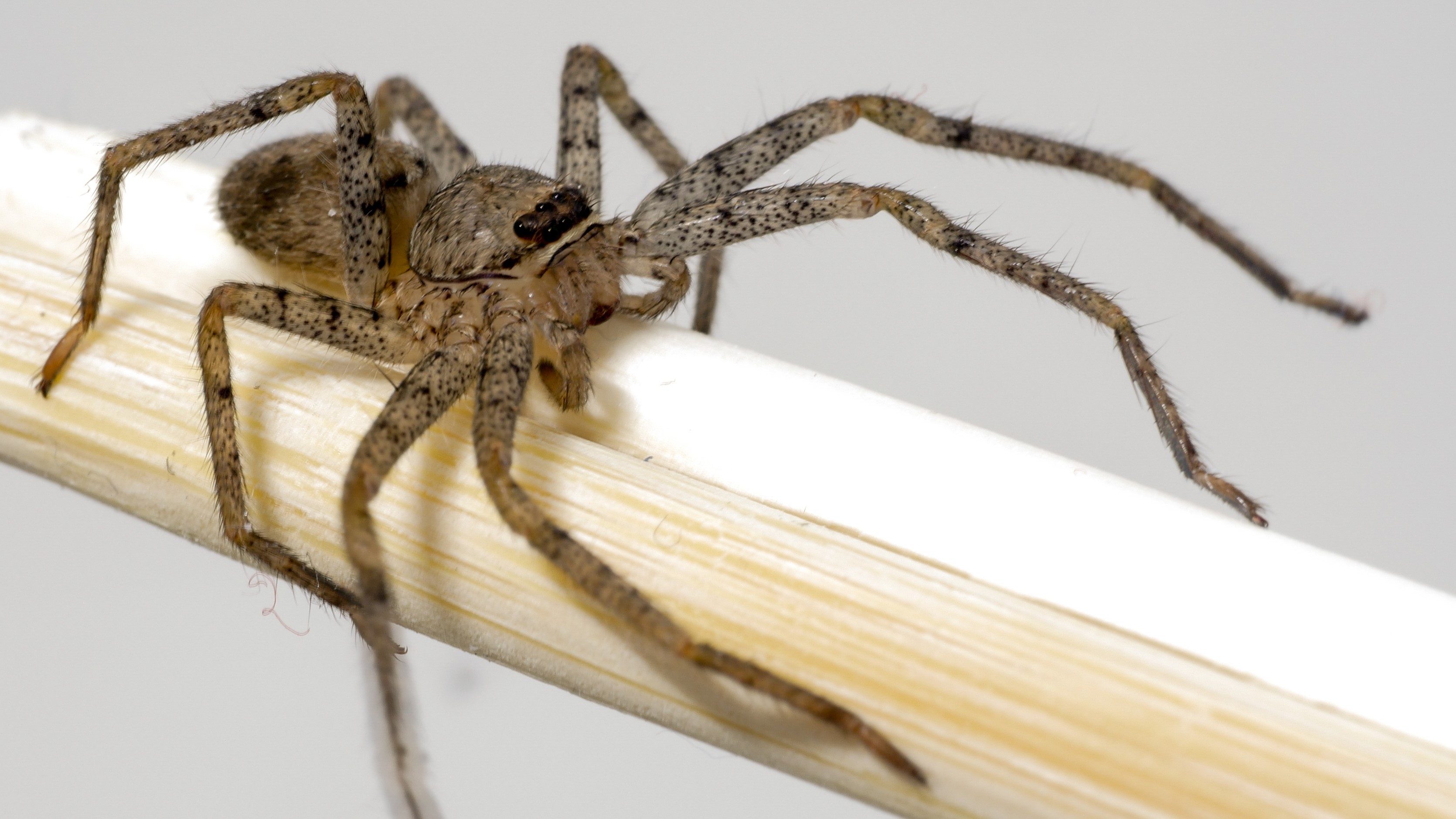Venomous Brown Recluse Spider Crawls into Woman's Ear

This is the stuff of nightmares.

Brown recluse spiders, a venomous variety native to the South and Midwest, earn their name for their tendency to tuck themselves in hidden nooks and crannies. Still, when Susie Torres of Kansas City, Missouri, took herself to the doctor's office for a "swishing sound" that wouldn't go away, she didn't expect that one of these eight legged creatures had made itself at home in her ear.
But when a nurse peered inside Torres' ear, that was exactly what the health provider found.
"She ran out and said, 'I'm going to get a couple more people,'" Torres told KSHB-TV in Kansas City. "She then said, 'I think you have an insect in there.'"
The spider probably crawled into Torres' ear while she was sleeping. Thankfully, her guest never bit her. Once the doctors removed the brown recluse, Torres was fine — but she won't be taking any chances from now on, she said. Ever since the incident earlier this week, she's been sleeping with cotton balls in her ears.
"I'm pretty terrified of spiders," she said.
And Torres has some reason to be shaken up — the spider in her ear wasn't just any variety. The brown recluse is one of the world's most poisonous spiders, according to Britannica. The arachnid's bite usually isn't fatal, but it can cause severe tissue damage, according to the Occupational Safety and Health Administration. The spider's venom contains a toxin that kills skin, sometimes leaving an open wound as large as a human hand.
While the majority of bites heal without medical attention, anyone bitten by a brown recluse should take a trip to the emergency room, according to the National Institutes of Health.
Get the world’s most fascinating discoveries delivered straight to your inbox.
This is not the first time a creepy-crawly has found its way into an ear. The cavities apparently make attractive hideouts for all kinds of creatures, including fly larvae, flesh-eating worms and even a gecko.
- 27 Oddest Medical Case Reports | Weird Medical Cases.
- Creepy, Crawly & Incredible: Photos of Spiders
- 8 Human-Animal Encounters That Went Horribly Wrong
Originally published on Live Science.

Isobel Whitcomb is a contributing writer for Live Science who covers the environment, animals and health. Her work has appeared in the New York Times, Fatherly, Atlas Obscura, Hakai Magazine and Scholastic's Science World Magazine. Isobel's roots are in science. She studied biology at Scripps College in Claremont, California, while working in two different labs and completing a fellowship at Crater Lake National Park. She completed her master's degree in journalism at NYU's Science, Health, and Environmental Reporting Program. She currently lives in Portland, Oregon.


